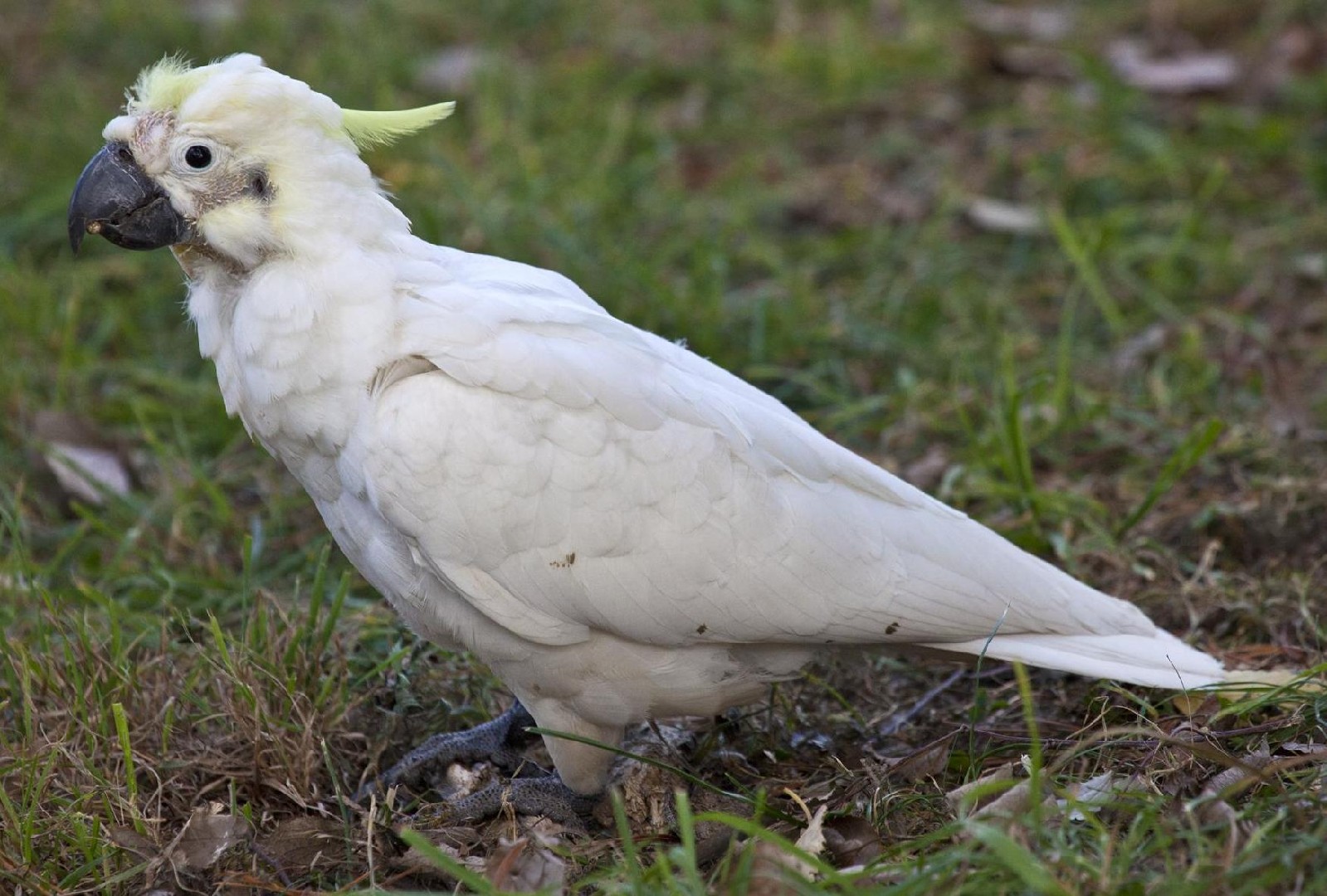Yellow-crested Cockatoo
A species of White Cockatoos and Corellas Scientific name : Cacatua sulphurea Genus : White Cockatoos and Corellas
Yellow-crested Cockatoo, A species of White Cockatoos and Corellas
Botanical name: Cacatua sulphurea
Genus: White Cockatoos and Corellas
Content
Description People often ask General Info
 Photo By Sheba_Also 43,000 photos , used under CC-BY-SA-2.0 /Cropped and compressed from original
Photo By Sheba_Also 43,000 photos , used under CC-BY-SA-2.0 /Cropped and compressed from original Description
The yellow-crested cockatoo (Cacatua sulphurea) also known as the lesser sulphur-crested cockatoo, is a medium-sized (about 34-cm-long) cockatoo with white plumage, bluish-white bare orbital skin, grey feet, a black bill, and a retractile yellow or orange crest. The sexes are similar. The yellow-crested cockatoo is found in wooded and cultivated areas of East Timor and Indonesia's islands of Sulawesi and the Lesser Sundas. It is easily confused with the larger and more common sulphur-crested cockatoo, which has a more easterly distribution and can be distinguished by the lack of pale yellow coloring on its cheeks (although some sulphur-cresteds develop yellowish patches). Also, the yellow-crested cockatoo's crest is a brighter color, closer to orange. The citron-crested cockatoo, which is a subspecies of the yellow-crested cockatoo, is similar, but its crest is clearly orange. The yellow-crested cockatoo's diet consists mainly of seeds, buds, fruits, nuts, and herbaceous plants. 
Size
33 cm
Colors
Yellow
White
Orange
Life Expectancy
40-50 years
Nest Placement
Cavity
Feeding Habits
Yellow-crested Cockatoo primarily feed on seeds, buds, fruits, and nuts, which they forage predominantly in trees. They exhibit a preference for specific native plant species when available. Their strong beaks are specially adapted to crack open hard shells of nuts.
Habitat
The yellow-crested Cockatoo typically inhabits wooded and cultivated regions, favoring areas that are not deeply forested. This bird species is found in geographical zones that stretch from sea level to higher elevations; specifically, up to 500 meters on the island of Sulawesi and occasionally at altitudes as high as 1200 meters in other parts of its range. These include island ecosystems within East Timor and certain islands of Indonesia, notably Sulawesi and the Lesser Sundas.
Dite type
Omnivorous
People often ask
General Info
Feeding Habits
Bird food type
Bird Feeder Type

Platform
Species Status
The yellow-crested cockatoo is critically endangered. Numbers have declined dramatically due to illegal trapping for the cage-bird trade. Between 1980 and 1992, over 100,000 of these birds were legally exported from Indonesia, yet a German proposal submitted to CITES to move it to Appendix I was not approved. It has since been moved to Appendix I. The current population is estimated at fewer than 7,000 individuals and is thought to be declining in number. The subspecies C. s. abbotti is found only on the island of Masakambing. Its population on this tiny island (about 5 km or 1.9 mi) had fallen to 10 as of June and July 2008. The decline results from trapping and logging, especially of mangrove (Avicennia apiculata) and kapok trees. Several national parks provide protection of their habitat, including Rawa Aopa Watumohai National Park on Sulawesi, Komodo National Park on Komodo Island, the national parks of Manupeu Tanah Daru and Laiwangi Wanggameti on Sumba, and the Nino Konis Santana National Park in East Timor (Timor-Leste). 